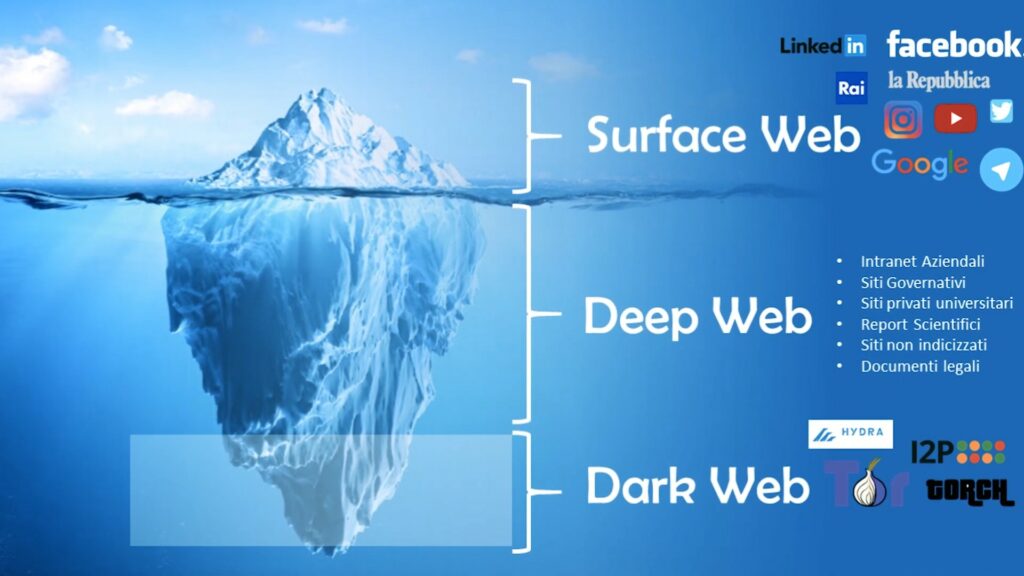
The Dark Web is a part of the internet that cannot be reached with standard browsers (Chrome, Firefox, Edge). To access it, you need to use specific tools like the Tor Browser, which guarantees anonymity and allows you to visit so-called onion services.
Many associate the Dark Web solely with criminal activities, but in reality this isn’t the case: it’s a complex environment that hosts both legal and illegal content.
But how do you get in, and what resources are available on the dark web that can be used upon first access?
Accessing the Dark Web isn’t complicated, but it requires specific tools to ensure anonymity and security. Unlike the traditional web, sites with the .onion extension aren’t accessible through common browsers like Chrome or Safari.
To navigate this hidden part of the internet, you need to use the Tor Browser, a free and open-source software developed to protect user privacy. Once installed, Tor allows you to connect to the onion network and visit sites anonymously, without your location or identity being easily tracked.
.onion address in the search bar and explore the content.⚠️ Important note: Only access safe and legitimate links. Browsing unverified sites can pose legal and security risks.

The Dark Web is a portion of the Deep Web (i.e. the set of pages not indexed by traditional search engines). Not everything on the Dark Web is illegal: alongside drug, weapons, and ransomware marketplaces, there are also:
The onion network gets its name from its method of operation: every communication is encapsulated in layers of encryption. As data travels, it passes through various nodes in the Tor network, each of which removes a “layer” without knowing either the sender or the final recipient.
This system guarantees anonymity, security, and censorship resistance.
This is why the Dark Web is used by:
Here you will find a selection of legitimate and safe resources available on the Dark Web, organized by category.
The Dark Web is not just crime: it is also a fundamental tool for freedom of expression, privacy, and the circulation of information.
Navigating with awareness allows you to discover a world of knowledge, security, and free information.
If you really want to know how the Dark Web works, the fifth Live Class of the Dark Web & Cyber Threat Intelligence course organized by Red Hot Cyber will start in October. The training course will be led by Prof. Pietro Melillo, university professor and cybersecurity expert with years of experience in the field of cyber threat intelligence.
During the live class, we will explore the mechanisms of the onion network, the main threats that populate underground forums and dark web marketplaces, along with the techniques used to collect and analyze useful information in OSINT and HUMINT. Not just theory, but also practice, thanks to operational laboratories and simulations of real-world scenarios.
Upon completion of the course, participants will earn the Cyber Threat Intelligence Professional (CTIP) certification, recognized by Red Hot Cyber. A unique opportunity for cybersecurity professionals, law enforcement, analysts, and anyone who wants to acquire concrete skills on a crucial topic for digital security.
Follow us on Google News to receive daily updates on cybersecurity. Contact us if you would like to report news, insights or content for publication.
